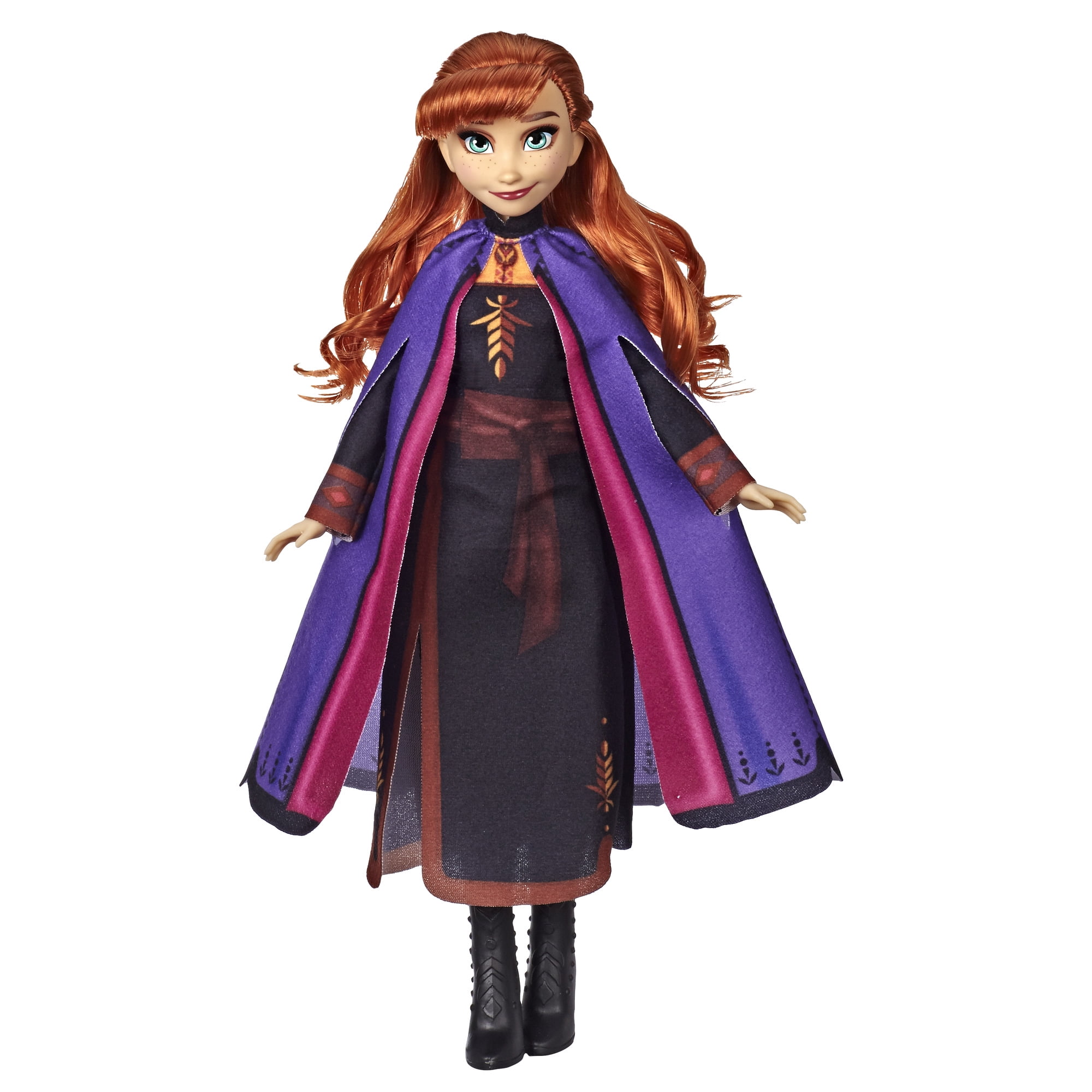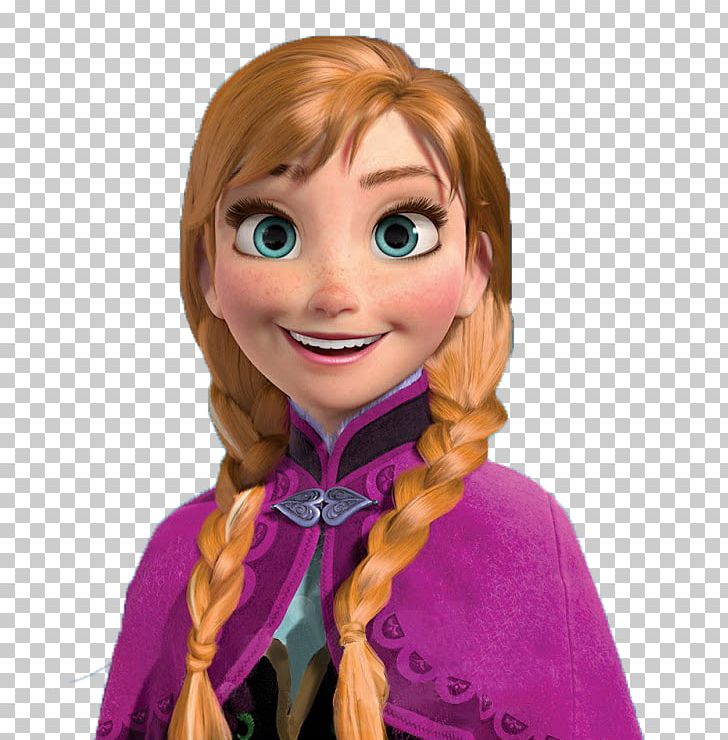Table Of Content

It was never an option to compromise when casting for the minor roles in the movie, and the production insisted on having only the best for each part. There are a few unfamiliar names in the movie’s cast, Melba Moore and Ronnie Dyson being among them. Like many other members of the cast, the two were extreme performers who are remarkably remembered for their moving scenes in the movie adaptation of the phenomenal musical. There is more than the cast and the soundtrack when considering a movie production.
Production Designer

Hud comes across as a bit rough around the edges initially, but as the movie progresses, we see his softer side as well. His nickname 'Hud' is short for 'Hudson,' which is a reference to the Hudson River that runs near his hometown. This twist is a testament to the film's storytelling and character development. It shows how the characters have grown and changed throughout the course of the story. It also serves as a poignant reminder that things are not always as they seem and that the truth can sometimes be unexpected. “Good morning, Sunshine” is one of those moments when you cannot wipe off the grin from your face.
The Film was a Smashing Success in Hungary
Trudy Perkins is a name that might not immediately ring a bell, but chances are you've heard her voice before. This was followed by the 1981 historical drama "Ragtime," which was no less of a success. The two had a strong partnership, with Weller's writing and Forman's directing bringing out the best in each other's talents while respecting each other’s responsibilities. Unsurprisingly, their films became classics and will forever be appreciated in the industry. Filmmaking is a grueling and all-consuming process, taking a heavy toll on the mind and body. He found himself constantly brooding about the film, even off-set, and could never relax completely.
Netflix's One Piece live-action: Cast, trailer, episodes - ONE Esports
Netflix's One Piece live-action: Cast, trailer, episodes.
Posted: Sun, 18 Jun 2023 00:24:20 GMT [source]
John Savage’s Personal Connection with the Film
Richard Bright plays Fenton, a conservative and skeptical character in the film. John Savage plays Claude Hooper Bukowski, a young man who gets drafted to serve in the Vietnam War. This number, like a lot of the movie, is loosely structured around the political attitudes of the Vietnam era, but the politics isn't heavy-handed. And it's interesting how it recalls "Hair"'s myths of the 1960s -- especially the image of the youth culture as a repository, simultaneously, of ancient American values and the new values aborning in the Age of Aquarius. The movie's final sequences center on Savage's induction, leading to the hilarious "Black Boys/White Boys" number, an omnisexual showstopper. Twyla Tharp's choreography here is wonderfully happy and grin-inducing, as enlisted men rub legs under the table.
The universe conspired to bring these two together again, and they didn't disappoint fans with "Hair." In the film version of "Hair," the song "Frank Mills" was included originally. Interestingly, Charles went on to become Miss America five years later after Vanessa Williams was disqualified. When adopting "Hair" from the stage to the screen, significant changes were made to the plot, resulting in the rearrangement, shortening, and alteration of many songs. Ten songs from the musical did not make it into the film, while two were used only as background or instrumentals. Composer Galt MacDermot wrote a new song called "Somebody to Love."
Treat Williams
Savage’s performance in both movies was equally impressive, and both present his versatility and unique interpretation of the characters. During casting for the film, a young and unknown Madonna, along with music legend Bruce Springsteen, were among the many aspiring actors and musicians who auditioned for roles. Neither one made the film, but their auditions are a testament to the popularity and cultural significance of the production.
Some Songs from the Musical Don’t Feature in the Movie
His hippie friends from New York unexpectedly show up, and chaos ensues. These scenes were shot at Fort Irwin, a National Guard installation in California. Despite not winning any of these, the movie left its mark in the industry and, to this day, is considered a masterpiece, both in theme and in breaking boundaries. It inspired a new generation with new messages of love, freedom, and peace. The movie’s soundtrack is still constantly listed, and all lyrics are still very much relevant.
Signature Theatre opens an exuberant and open-hearted production
Throughout the movie, it's implied that Hud is the father of Jeannie's baby, but the final shot contains subliminal messaging that suggests otherwise. Jeannie holds her baby, and Woof protectively places his arms around her. Thanks to Dolby Stereo technology, the German audience enjoyed “Hair” in their local language.
John Savage, Claude Hooper Bukowski
It may not have been a box office smash, but it certainly made an impact on audiences. Miloš Forman once shared his thoughts on why the film didn't do too well overall with critics and audiences. He said the film was too late to be relevant to the time it was depicting and too early to be considered a nostalgic throwback. Essentially, the movie missed its mark by not being able to effectively capture the cultural zeitgeist of the era in which it was set. There were many roles to fill, not only of the main clan but of the additional singers that contributed dramatically to the plot.
Although it ultimately lost to Woody Allen's "Manhattan," it was still an honor to be recognized among some of the year's best films. They remarked that, aside from some songs, character names, and the title, the film version had little resemblance to the original Biltmore production. The original creators maintained that an authentic and accurate adaptation of “Hair” has yet to be made for the screen. The sheer number of people involved in these scenes adds to the vibrant and energetic atmosphere of the film. Their presence infused a sense of community and togetherness, personifying the core values of the hippie movement in the ‘60s.
The Mortal Kombat 2 Cast Was Spotted Out, And Fans Can't Stop Talking About Karl Urban's Johnny Cage (And His Hair) - CinemaBlend
The Mortal Kombat 2 Cast Was Spotted Out, And Fans Can't Stop Talking About Karl Urban's Johnny Cage (And His Hair).
Posted: Mon, 26 Jun 2023 07:00:00 GMT [source]
This number is undoubtedly the one that stands out the most, both in the Broadway and wide-screen versions, and serves as a perfect introduction to the movie. In 1967, Miloš Forman stumbled upon the first off-Broadway performance of “Hair.” Although he couldn't understand the lyrics due to his rudimentary English skills, he was instantly captivated by the music's energy and spirit. Spiritedly performed by a groovy cast and imaginatively directed by Milos Forman, Hair transports audiences straight to the Age of Aquarius. That this time and spirit could be evoked so well and so naturally is a tribute to the director, Forman.
Bringing the musical characters to life on the big screen was not an easy task. The potential actors had to have the perfect features to suit their intended role and be brilliant at singing and dancing too. The iconic film adaptation of the musical "Hair" found its way into countless homes when it was released on VHS in 1982, bringing vibrant energy and timeless songs to almost every home. This release marked a pivotal moment, allowing fans to relive the joy and spirit of this unique and controversial era in the comfort of their own living rooms.
“Hair” was pathbreaking in its portrayal of racial integration in the Broadway musical scene. Nearly a third of the cast was African American, and unlike previous productions, the black characters were portrayed as equals rather than servants or slaves. This was a significant shift from traditional roles for black people in entertainment. In fact, an Ebony magazine article hailed Hair as the most significant outlet for black actors in the history of the US stage. The film inadvertently became a period piece on the late 1960s and early 1970s hippie movement. Since then, every production of “Hair” has been set in the past as a self-styled period piece.
Characters on stage can use songs to express themselves, but in film, the camera must show them from various angles and create close-ups to add dynamism. The Broadway musical also focuses on the US peace movement, while the movie captures the carefree spirit of the hippie lifestyle. Finding the right cast for the stage and film adaptations of “Hair” proved challenging. While James Rado and Gerome Ragni, who played Bukowski and Berger, respectively, were already part of the original cast, other roles still needed filling. Director Tom O'Horgan searched for real rock singers who were part of the street scene. In fact, the game and what it represents for all three characters is the heart of the film — and making it all seem real was Guadagnino's goal.

















